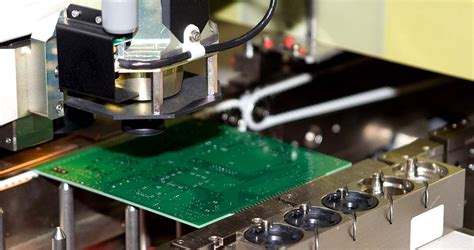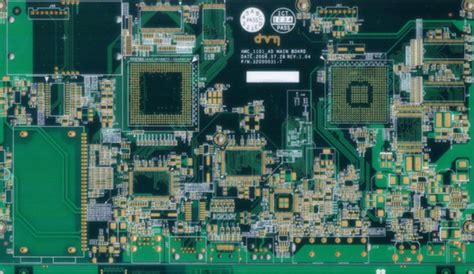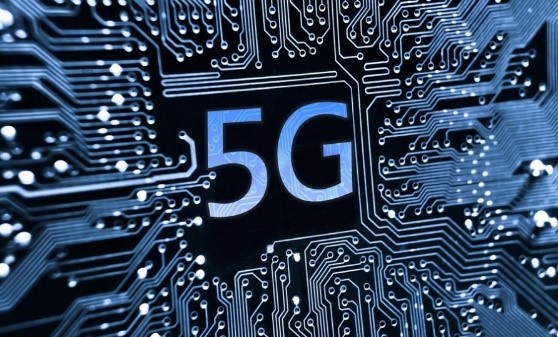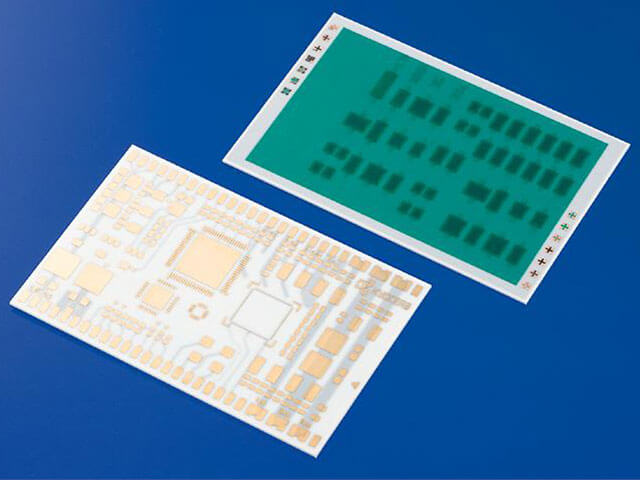Innovations in PCB Fabrication and Assembly Techniques
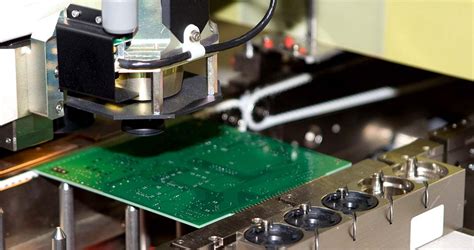
Key Takeaways
The advancements in PCB fabrication and assembly techniques mark a pivotal evolution in the electronics manufacturing sector. These innovations not only streamline processes but also significantly boost productivity and reduce lead times. One of the most notable developments in the field is the integration of automated systems for PCB assembly (PCBA), which minimizes human error and enhances precision in placing components on circuit boards. Furthermore, advancements in materials science have led to the use of more sustainable and efficient materials, promoting eco-friendliness in production processes. The combination of machine learning and artificial intelligence in optimizing PCB fabrication has also allowed for more adaptive manufacturing limits that can cater to unique industry requirements while maintaining high standards of quality control. As industries continue to evolve, these innovations play a critical role in meeting increasing demands quickly and effectively, positioning companies for future success amidst competitive markets.

Introduction to PCB Fabrication and Assembly Techniques
Printed Circuit Board (PCB) fabrication and assembly are critical processes in modern electronics manufacturing. The journey begins with pcb fabrication, where designers create the circuitry patterns that will govern the electrical flow once the board is assembled. Advances in technology, such as photolithography and laser cutting, have made this process faster and more precise, enabling manufacturers to produce complex designs that cater to various industry needs. Following fabrication, pcb assembly (PCBA) involves placing and soldering components onto the PCB, a stage where accuracy is paramount.
Innovations like automated pick-and-place machines enhance the speed and reliability of component placement, significantly boosting production efficiency. These machines can handle a wide array of components, from tiny resistors to larger integrated circuits, ensuring that each placed component adheres perfectly to the corresponding pad on the board. Additionally, emerging techniques such as surface mount technology (SMT) have revolutionized how manufacturers approach assembly by allowing for smaller components and increased component density.
| Technique | Description |
|---|---|
| Photolithography | A method for transferring patterns onto a PCB using light exposure techniques. |
| Laser Cutting | Precision cutting of PCB materials using lasers for intricate designs. |
| SMT (Surface Mount Technology) | Assembly technique allowing high-density layouts with smaller components. |
“Innovation in PCB assembly techniques not only fosters efficiency but also enhances product reliability.” This mindset drives continuous improvement as industries strive to meet evolving electronic demands while prioritizing sustainability practices within their production processes.
In conclusion, understanding these foundational elements of PCB fabrication and assembly is crucial for anyone involved in electronics manufacturing today. As technology continues to evolve, staying informed about these advanced techniques will be essential for maintaining competitive advantages in quality and speed within the market.
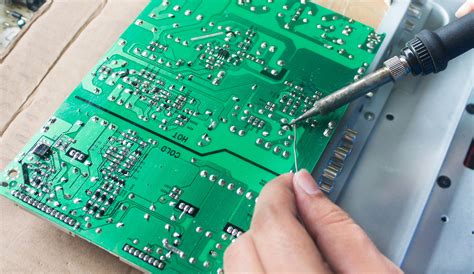
Recent Innovations in PCB Manufacturing Processes
In recent years, the field of PCB fabrication and assembly has witnessed remarkable innovations that significantly impact production methods. One such advancement is the integration of machine learning and artificial intelligence, streamlining both the design and manufacturing processes of PCBA. These technologies facilitate real-time monitoring, enabling manufacturers to analyze data and adjust parameters instantaneously, which improves yield rates and reduces waste. Furthermore, the emergence of additive manufacturing techniques allows for more complex designs without increasing production costs. This is particularly beneficial in sectors that require compact and intricate board layouts, such as telecommunications and medical devices.
Additionally, advancements in materials science have led to the development of new substrates that enhance thermal management and signal integrity, which are crucial for high-frequency applications. Moreover, flexible PCB assembly methods are gaining popularity as they allow for greater versatility in product design. Companies are increasingly adopting eco-friendly practices by utilizing recyclable materials and implementing energy-efficient manufacturing processes, thus promoting sustainability within the industry. As these innovations continue to evolve, they promise to redefine efficiency and performance standards in the PCB manufacturing process, driving industries toward a more sustainable future while meeting ever-growing consumer demands.

Enhancing Efficiency in PCB Fabrication
The quest for enhanced efficiency in PCB fabrication has come to embody a multifaceted approach, driven by the integration of advanced technologies and innovative processes. One significant aspect is the use of automated systems that streamline operations, reduce material waste, and increase throughput. Techniques such as laser-cutting and automated pick-and-place mechanisms significantly improve the accuracy and speed of PCB assembly. In addition, the application of data analytics allows manufacturers to monitor the production line in real time, identifying bottlenecks and optimizing workflow. Moreover, innovations in materials science, including the development of new substrates that are both lightweight and durable, further enhance efficiency while maintaining performance standards. The emphasis on modular designs not only facilitates easier upgrades but also reduces assembly time during the pcba process. By prioritizing these advancements, manufacturers can achieve greater sustainability and efficiency in their operations, ultimately leading to a more competitive edge in the global market for printed circuit boards.
Precision Engineering in PCB Assembly
In the ever-evolving landscape of electronics, precision engineering has become a pivotal component in the realm of PCB assembly (PCBA). The shift towards higher precision in the manufacturing process ensures that printed circuit boards maintain integrity and performance, which is critical in a variety of applications, from consumer electronics to aerospace technology. A notable aspect of precision engineering involves sophisticated techniques such as advanced automation, state-of-the-art inspection systems, and micro-manufacturing processes that allow for the production of smaller and more complex designs. By employing such technology, manufacturers can achieve tighter tolerances and better interconnections between components, significantly minimizing defects during the pcba process. This heightened level of accuracy not only boosts operational efficiency but also enhances overall product reliability. Furthermore, innovations like laser processing and selective soldering have revolutionized traditional approaches to pcb assembly, offering improved control over thermal management and solder quality. As industries increasingly demand faster turnaround times combined with high-quality outputs, precision becomes more essential than ever in fulfilling these requirements and driving forward the capabilities of PCB fabrication. The integration of these innovative techniques positions companies to meet both current standards and future challenges within the electronics sector.
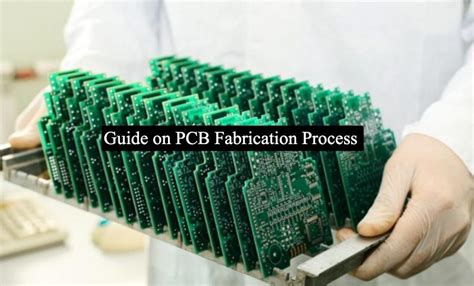
Sustainable Practices in PCB Production
The growing emphasis on sustainability within the PCB production industry has led to innovative practices that not only reduce environmental impact but also enhance efficiency in pcb assembly processes. Companies are increasingly adopting green materials and processes, such as using lead-free solder and recyclable substrates, which contributes to a lesser carbon footprint. Additionally, advancements in technology have enabled manufacturers to implement more precise pcba techniques, thus minimizing waste throughout the production cycle. For instance, the use of automated optical inspection systems ensures that defects are detected early in the assembly process, significantly reducing scrap rates and enhancing overall productivity. Moreover, integrating renewable energy sources within manufacturing facilities not only promotes sustainability but can also lead to significant cost savings over time. Embracing these innovations is not just a matter of compliance but a strategic approach that aligns with global sustainability goals while fulfilling the increasing demand for high-quality printed circuit boards across various industries. Ultimately, as the industry continues to innovate, the fusion of environmental responsibility with advanced manufacturing techniques holds promise for a more sustainable future in pcb fabrication and assembly.
Impact of Automation on PCB Fabrication
The integration of automation in PCB fabrication has revolutionized the way printed circuit boards are produced, leading to significant improvements in efficiency and precision. Automated processes, including robotics and computer numerical control (CNC) machinery, play a crucial role in streamlining various stages of pcb assembly (PCBA), thereby reducing human error and minimizing production time. By employing advanced algorithms and machine learning, manufacturers can optimize designs for better performance while adapting to complex geometries that were previously challenging to execute manually. This shift towards automation not only boosts production speed but also enhances the repeatability of processes, ensuring a higher degree of consistency in the finished products. Furthermore, automation facilitates real-time monitoring and quality control measures throughout the production line, allowing for immediate adjustments if defects are detected. As a result, companies can achieve higher output with lower operational costs while maintaining rigorous quality standards. The move towards automated solutions also aligns with sustainable practices by reducing material waste and energy consumption during the pcba lifecycle. Overall, the impact of automation on PCB fabrication reflects a transformative approach that meets the demands of modern industries for high-quality and reliable electronic components.

Future Trends in PCB Technology and Design
As the demand for more sophisticated electronics continues to grow, the future of PCB technology and design is poised for significant transformation. One of the most exciting trends is the shift towards smart PCBs that integrate advanced functionalities such as sensors and connectivity features directly into the printed circuit board itself. This innovation streamlines pcb assembly processes, reducing the number of components needed and enhancing overall system performance. Additionally, advancements in materials science are yielding substrates that are lighter yet more robust, leading to more flexible designs that can meet the rigorous demands of modern devices. The incorporation of automated processes in pcba not only accelerates production timelines but also improves precision during assembly, minimizing errors associated with manual handling. Moreover, sustainability will remain at the forefront; companies are increasingly adopting eco-friendly materials and practices throughout both fabrication and assembly phases. Lastly, enhanced simulation tools allow designers to foresee potential challenges early in the development stage, leading to higher quality and more reliable products. As these trends evolve, they promise to reshape not only how pcbs are manufactured but also how they function within an increasingly interconnected world.
Conclusion
In summary, the rapid advancements in PCB fabrication and assembly techniques continue to reshape the electronics industry. The integration of automation, for instance, has significantly increased production capabilities, allowing for higher volumes of PCBA while minimizing human error. The shift towards sustainable practices ensures that manufacturers are not only focusing on efficiency but also on their environmental impact, employing eco-friendly materials and processes wherever possible. Moreover, innovations in precision engineering have dramatically improved the quality and reliability of printed circuit boards. As we look to the future, it is evident that the ongoing developments in PCB fabrication and assembly technologies will play a crucial role in meeting the needs of diverse industries, from consumer electronics to medical devices, ensuring that they remain competitive in an ever-evolving market landscape. The commitment to enhancing both efficiency and sustainability indicates a promising direction for the next generation of PCBs, where increased pcba sophistication will cater more effectively to complex designs and miniaturization challenges.
FAQs
What is PCB fabrication?
PCB fabrication refers to the process of creating printed circuit boards (PCBs) by layering materials, etching copper, and applying solder masks to connect electronic components effectively.
What does PCB assembly involve?
PCB assembly, often abbreviated as PCBA, involves the mounting of various electronic components onto a PCB, creating a functional electronic circuit. This process includes soldering components onto the board and ensuring all connections are secure.
What are the latest innovations in PCB fabrication?
Recent advancements in pcb fabrication techniques include the use of advanced materials that enhance thermal conductivity and flexibility, as well as innovative printing methods that improve precision and reduce production time.
How does automation impact PCB assembly?
Automation in pcba has significantly increased production speed and accuracy. Automated machines can place components on boards with high precision, reducing human error and enhancing overall efficiency in the assembly process.
Are there sustainable practices in PCB production?
Yes, sustainability is becoming increasingly important in PCB manufacturing. Techniques such as using eco-friendly materials, minimizing waste through better design practices, and recycling processes are innovations driving this aspect forward.

